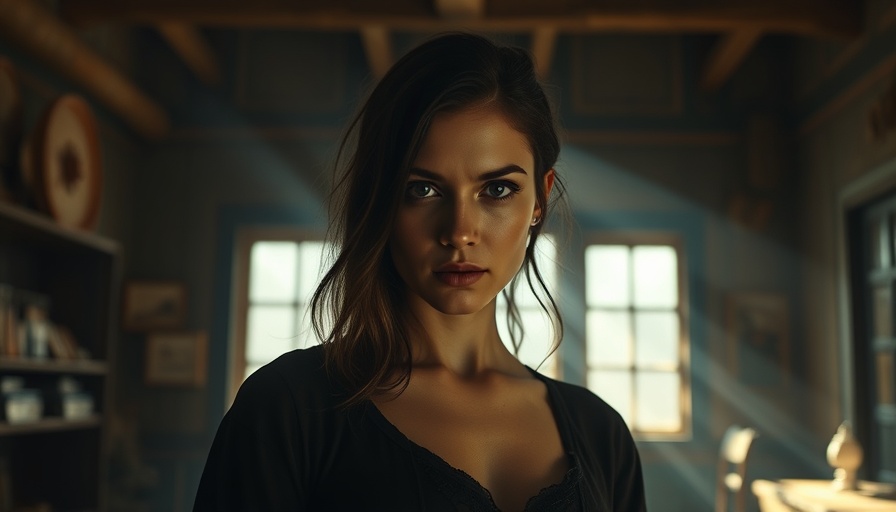
The Evolution of Villains in Film Narratives
Villains in movies have undergone significant transformations over the years. Once depicted as purely evil characters, they are now nuanced figures that provoke our empathy and understanding. This shift reflects a broader trend in storytelling, where audiences are more drawn to complex motivations and relatable struggles, making the villain's journey just as captivating as the hero's.
In 'Twist Villains', we delve into the intricacies of film antagonists and their implications for storytelling trends and marketing strategies.
What Makes a Memorable Villain?
A standout villain often embodies traits that reflect societal fears or challenges. Characters like Thanos in the Marvel Cinematic Universe or Voldemort in the Harry Potter series showcase how villains can serve as a mirror to our own world. They force audiences to confront moral dilemmas and the gray areas within human nature. Crafting such villains typically requires a careful blend of charisma, intelligence, and relatable motivations.
How Villains Drive Digital Marketing and Branding
Interestingly, the characterization of villains in films can also inform digital marketing strategies. Brands often adopt guilty-pleasure marketing tactics that echo the appeal of a well-crafted villain. By embracing a more complex brand identity—much like a cinematic villain—marketers can resonate with consumers on deeper levels, engaging their emotions and sparking dialogues. This technique is especially prevalent in sectors like AI marketing, where the aim is to establish a persona that stands out in a crowded digital landscape.
Key Takeaways for Future Content Creation
For those in the realms of digital marketing and content creation, remembering the infamous twists and complex narratives of villains can elevate engagement strategies. Whether through branding or storytelling, complexity captivates audiences. Consider how you can craft your brand narrative to embody villainous charm while maintaining authenticity.
 Add Row
Add Row  Add
Add 





Write A Comment